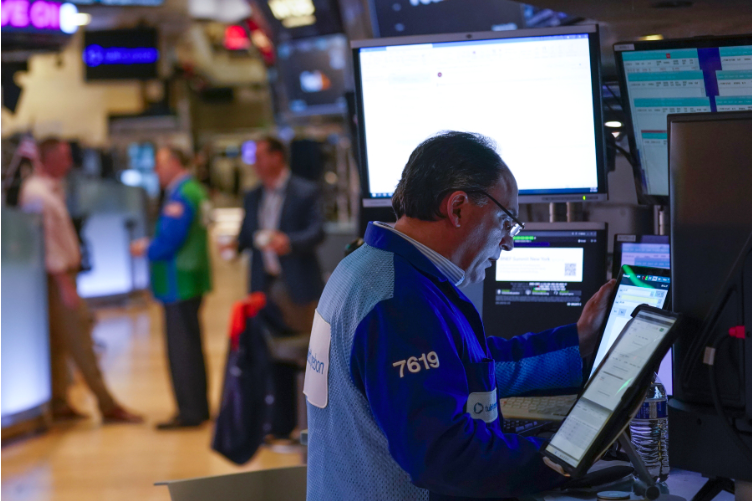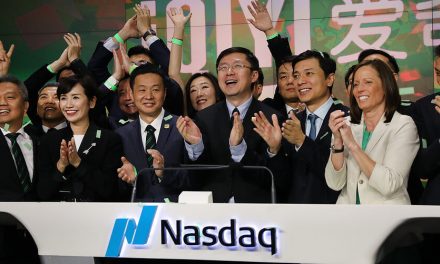It felt like Wall Street was holding its breath as trading began on Monday, May 22nd, as its denizens were on tenterhooks as to the result of a key meeting regarding the United States’ debt ceiling.
As lawmakers and experts worked to prevent an economic default, the S&P 500 seemed locked in stasis. Indeed, the index only went up by 0.02%, closing at 4,192.63. Meanwhile, the Dow Jones Industrial Average dropped by 140.05 points and closed at 33,286.58.
The tech-centric Nasdaq, on the other hand, was up by 0.5%, settling at 12,720.78. Monday’s market activity took the index to its highest intraday level since August of last year.
Staving Off Default
The meeting between President Joe Biden and Republican House Speaker Kevin McCarthy was set for 5:30pm (Eastern Time) on the 22nd – a crucial encounter as, realistically, there were just ten days left before the earliest date forecast by Treasury Secretary Janet Yellen that the country could go into default.
Despite the willingness of negotiators on both sides to bring the discussions to a working conclusion, necessary reductions in government spending are blocking the way. Republican lawmakers have proposed reducing spending to baseline levels from last year; however, the President believes that it is not possible to impose such cuts without hitching up taxes.
The Economy Remains Strong…For Now
For Independent Investor Alliance chief investment officer Chris Zaccarelli, both the economy and the US job market remain strong despite the impasse. Indeed, last week was a good one for equities, particularly technology stocks.
However, some analysts feel that stronger market breadth is necessary if an economic rally is to run on for longer. As Defiance ETFs chief executive Sylvia Jablonski puts in, the positivity ends if the rest of the market refuses to participate. Still, Jablonski added that the anticipated stronger market breadth may come following the Federal Reserve’s meeting next month.














